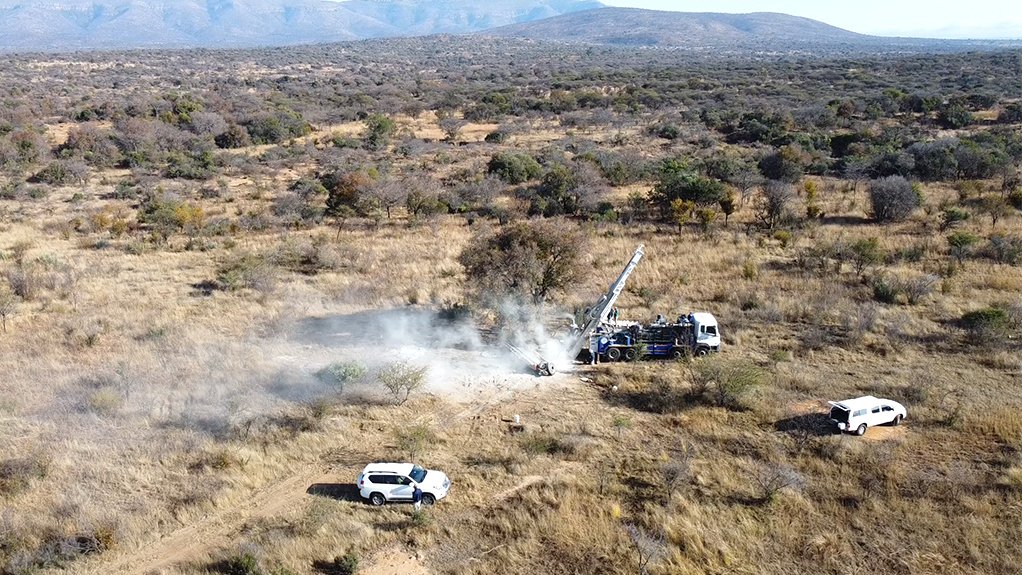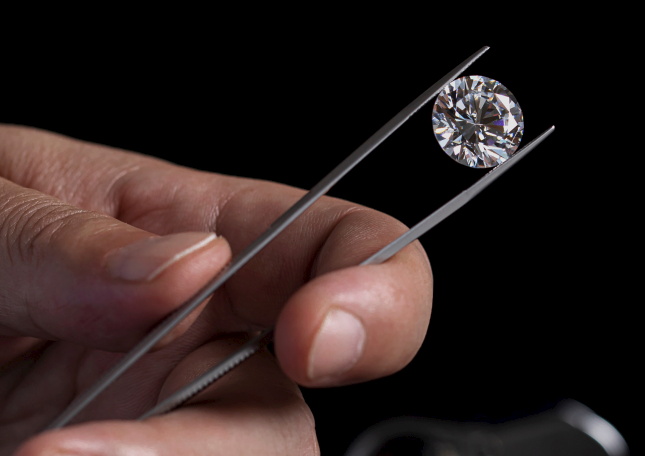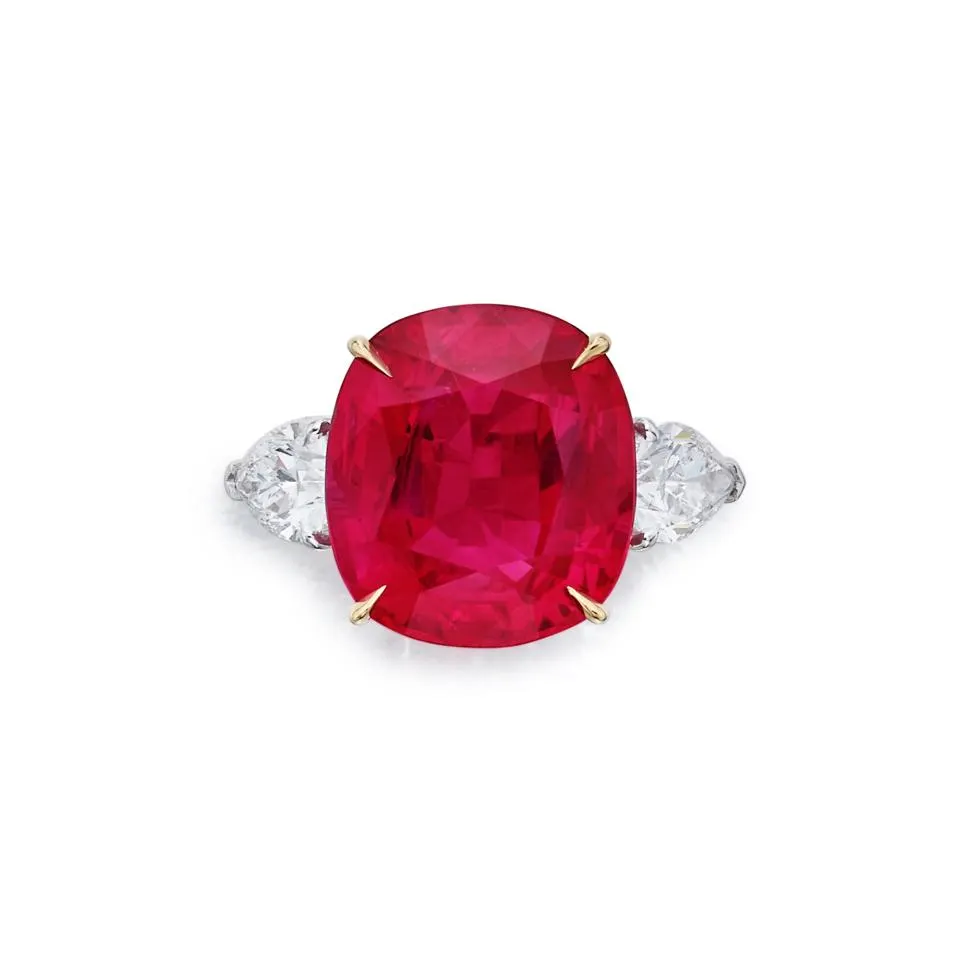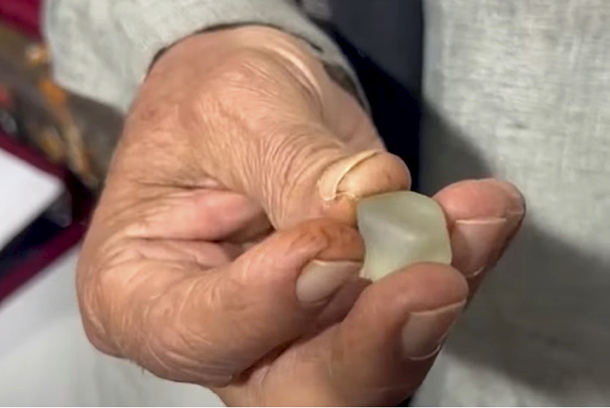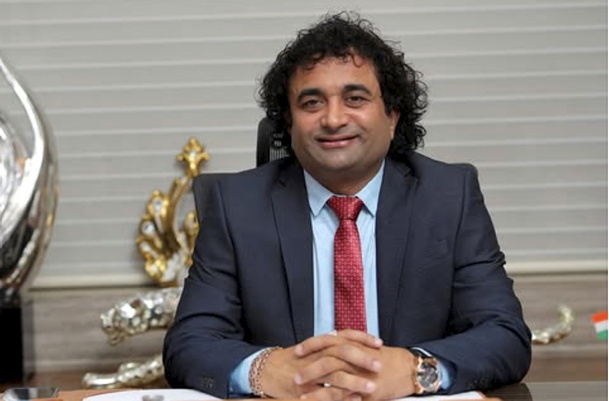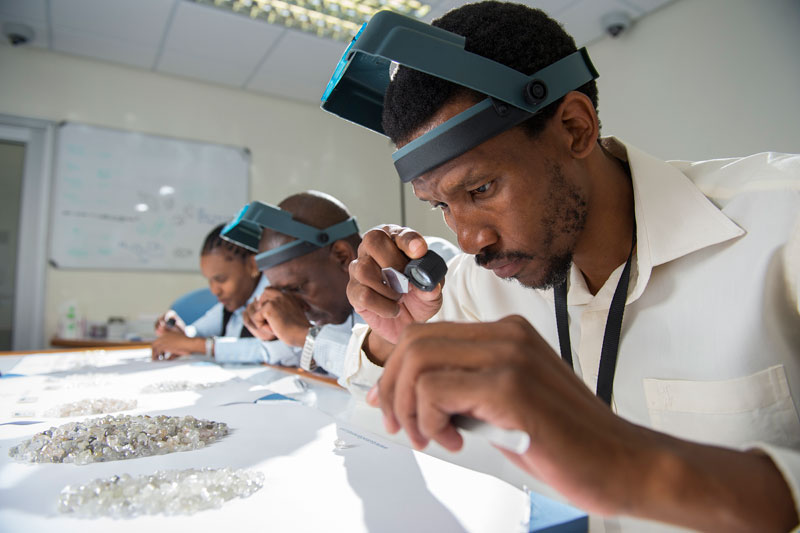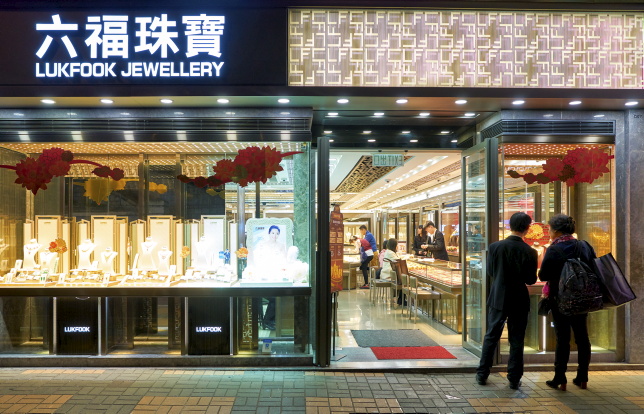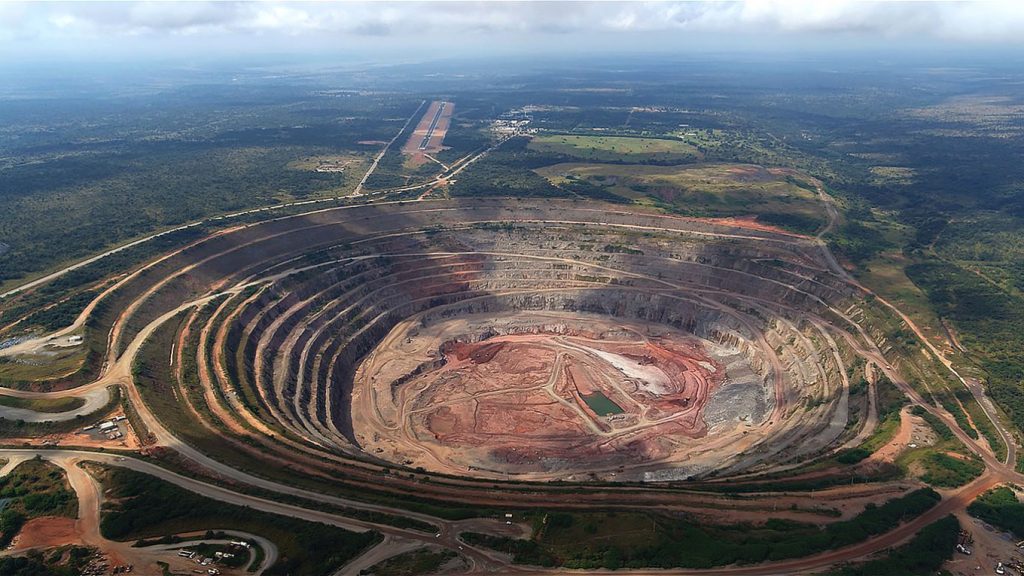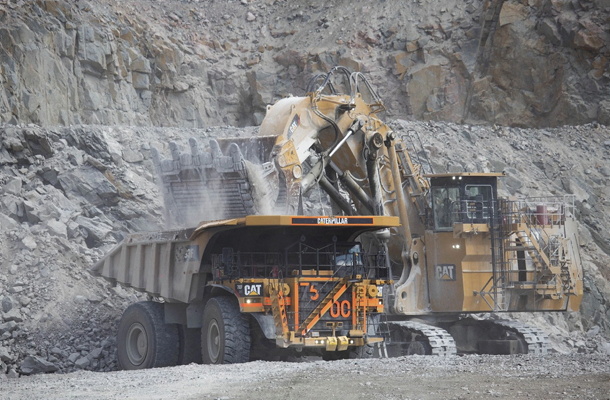
Burgundy Diamond Mines reported an increase in prices but a dip in revenue from its Ekati mine, in Canada, during Q4.
Sales held in October and December raised $47m and $46m respectively (total $93m) the Australia-based company said today (17 December) in its interim sales report and company update. Average prices per carat were $80 and $106 (all figures US dollars).
Total proceeds for the previous quarter, Q3, were $118m, with average prices down to $83 per carat in what it described at the time as a “soft diamond market”.
Kim Truter, Burgundy’s CEO, said the results “bode well for a recovering diamond market”.
He said prices at the December sale reflected a higher quality parcel of goods sold, and said there had been gains in the mid to large size categories, relative to the October sale.
Burgundy bought the Ekati mine, 125 miles south of the Arctic Circle, in Northwest Territories, last June for $136m from the Arctic Canadian Diamond Company and plans to extend its life by developing underground operations.
“The company looks forward to reporting the results of its mine life extension work at the Sable underground project and the Misery underground operation, in addition to an updated Fox underground prefeasibility study, commencing in Q1-2025,” Burgundy said.
Source: IDEX

